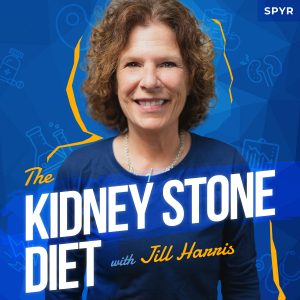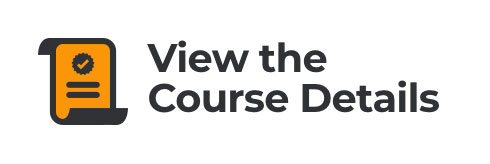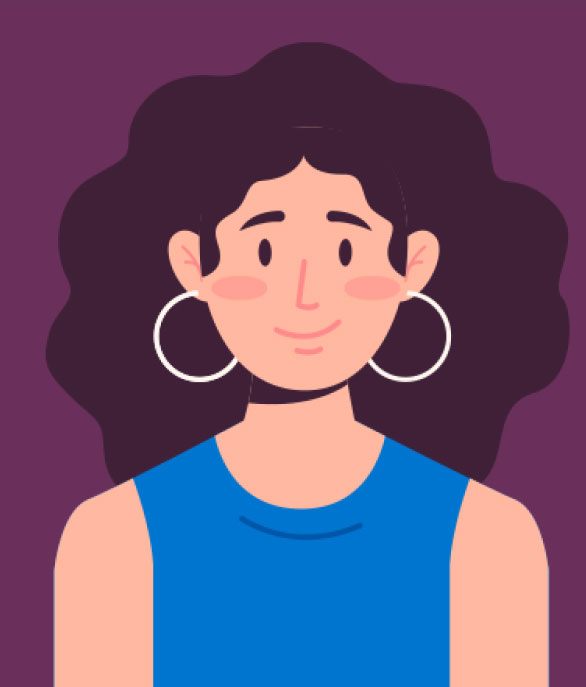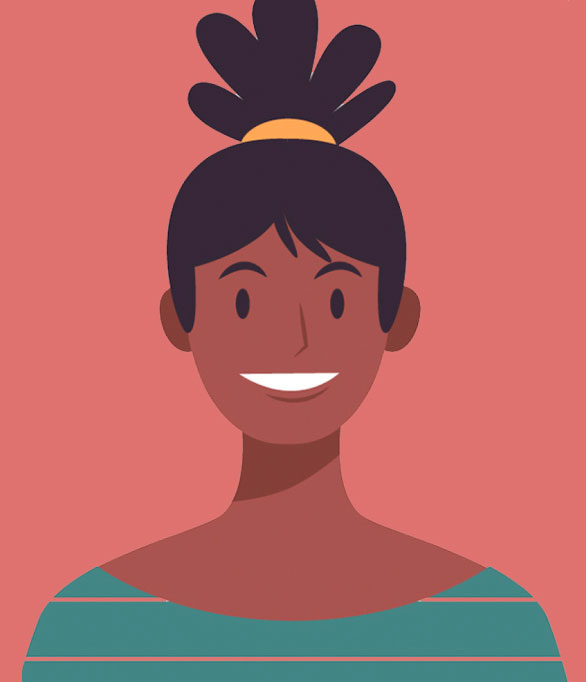This week, Jill talks about low oxalate diets and how they differ from the Kidney Stone Diet.
Jeff Sarris: Welcome back to the Kidney Stone Diet podcast, the show about reducing your kidney stone risk and living your best life. I’m your host and fellow student, Jeff Sarris.
Jill Harris: I’m Jill Harris, your kidney stone prevention nurse,
Jeff Sarris: We are back at it, again! I am back from Miami, in the sun. We were talking about how cold it is. You still have your Christmas tree up because it’s your winter tree.
Jill Harris: That is my winter tree! My son, every time he walks in, he’s like, “That’s gotta go.” I’m not ready yet.
Jeff Sarris: I like it, though! Don’t judge my joy. That’s the whole thing.
Jill Harris: Don’t judge my joy, people. Yeah, so it’s the winter tree because, honestly, I know I’ve said this before, but this really has been the grayest summer. Did you enjoy Miami? I saw your Instagram and stuff like that. I know you did. You were searching for the perfect coffee and that kind of thing.
Jeff Sarris: Yeah, we were doing little videos! I recorded more, just never edited them because since we’ve been back I’ve been just non-stop going. It’s been really good and just like my motivation. Being there, I love it, just in general. It’s Miami Beach. It’s South Beach, but not the like, clubbing, and drinking, and all this stuff that like people think South Beach is. Just being there and experiencing the great weather, but then also the great food, and culture, and all the things. It’s just really nice and we always love it.
Jill Harris: Look, I’ve been to South Beach many times and yes, it is definitely all that. It is drinking, if you decide to participate in that. Otherwise, it is! It’s filled with culture. It’s a joyful place. You’d have the beach. It’s colorful, it’s vibrant. You know, it’s a cool place and it’s a great place to go in a winter when you live in Chicago like we do.
Jeff Sarris: And affordable! Like everyone thinks that it’s expensive, but if you’re getting an Airbnb, around South Beach, it’s not that much. Obviously, there’s high end hotels and resort-kind of experiences, but if you just want to live there, it’s very attainable.
Jill Harris: Which I always love because then I have a refrigerator, I can bring my special foods in there. So, of course, you know, I’m going to say that because of what I do for a living, but it really suits my lifestyle. I am not going out to eat all the time. That doesn’t work for me, and all my medical conditions, and, well, the Diet in general. It’s fun to be able to just have some kind of control over your food. So an Airbnb is, on one end, cheaper and Airbnb is a wonderful, wonderful way to do it.
Jeff Sarris: Yeah, I really like it! What do you say we dive right in? Should we dive into–today is a little different. Instead of doing a question, we were thinking that we would– we’re thinking we were going to go with more about the Kidney Stone Diet versus a low oxalate diet. So is the Kidney Stone Diet a low oxalate diet and sort of start there?
Oxalate is the least important part of the Kidney Stone Diet
Jill Harris: Jeff actually just brought this up. He’s like, “I’ve been thinking and we should do one on this.” And I’m like, “It’s friggin’ excellent because I get annoyed.” Nobody ever wants to see me annoyed. People will say all the time “I’m doing Jill’s low oxalate diet.” This is so much more than low oxalate and anybody who’s been around with us for a while has heard me say this. Oxalate is the least important thing, but, somehow, the kidney stone– once you to take away spinach and almond products, and eating the same really high oxalate foods over and over again, without any calcium in your diet, which most people until they have a kidney stone or bone disease, they’re not doing anything about calcium. Which is interesting, too, and I won’t go off too much on a tangent, but I will say this.
Until somebody has something, like heart disease, like osteoporosis, like kidney stones, until we get something, not a lot of medical professionals are saying–for example, like hypertension, if you don’t have hypertension, you’re not paying attention to salt. I can’t tell you how many times people come to me and say, “Well, what the heck? I didn’t have high blood pressure, so no one ever told me about paying attention to salt.” And so much of kidney stone disease is, we don’t know what we don’t know until we get something and then it’s the “Holy Bragioli” moment where we’re scrambling to get all our information. The reason I started off on this tangent is with the calcium part of the Kidney Stone Diet. Nobody thinks about getting any calcium. Nor has most doctors said anything to you about getting calcium until you get bone disease or a kidney stone.
So that’s super important. Overall, people just don’t talk too much about diet, unless it’s some stupid fad diet that we want to lose weight. But, really, we don’t pay attention to how to eat. It’s not like “this is how to maintain good health. This is how–”it’s just until you get something or if you want to lose weight. We go down the rabbit hole of all kinds of crazy information. The Kidney Stone Diet is much more than a low oxalate diet, much more. So I love that Jeff posed this idea. Kidney Stone Diet is about lowering added sugar and salt; eating moderate amounts of all meat protein, not just red meat, meat is meat, and seafood, and fish, moderate amounts. That means we don’t do–you know, doing Paleo, you’re eating a lot of meat because you’ve taken away carbs. Same thing with keto, typically.
The Kidney Stone Diet is more than a low oxalate diet
So we want moderate amounts of meat. If you’re vegan, of course, you don’t have to do that. But, for meat eaters, slow your roll on how much you’re eating. Moderate amounts, and there’s great articles on kidneystonediet.com on how to figure that out. Getting enough calcium. For men, that’s 1000 milligrams a day. For women who don’t get their periods anymore, up to 1200. For women that do get their periods, up to 1000 a day through food and drink. And then drinking enough water of course, that goes without being said. And I think that’s it right, Jeff? And then the oxalate part.
So many people will just generically say, “I’m doing Jill’s low oxalate diet.” No, you’re not. You’re doing the Kidney Stone Diet and that’s all of it. Once people lower their oxalate, which happens like this. You just stop overeating almond products and super high oxalate foods, and then you get your calcium. Then the real work is getting all those fluids in, lowering your salt–because you’re going to be amazed. I can’t tell you how many times a day, people come to me, I look at their urine collection report, and I will say, “Listen, Bippy. You’re eating too much salt.” “Jill, I don’t eat no salt. None at all.” Well, the pee doesn’t lie and the body doesn’t make salt, so it came from the outside, whether you know you were eating it or not is a totally different thing.
Often when I’m when I’m when I’m educating patients, I will say, “All right, listen. Are you by your fridge?” “Yes, I am, Jill.” “Okay, go get your whatever out of the fridge. You had this for breakfast. Go get it out of the fridge. Turn it around, Buster Brown. Look at all the sodium.” They look at this. “Oh, Jill, I had no idea!” And I will say, because I’m annoying, “That’s for one portion. You just said you had two servings of it. So you better times two that sodium!” So, the problem is, we don’t know where salt is. Same thing with added sugar. Look at all your condiments for salt and added sugar. Tons of it.
So, the hard part of the Kidney Stone Diet is learning how to get calcium into it. Lowering added sugar, lowering your sodium consumption each day, getting enough fluids, and eat a little less meat if you’re overeating it, and then the oxalate. People do the urine collection, their oxalate’s 70. The next time, after we talk, they do the follow-up. It’s twenty-two! Like that! Jeff, look, it was a great question because, yes, people refer to this, or a Kidney Stone Diet, in general, as just a low oxalate diet. It’s not necessarily a low oxalate diet, too, by the way. We’re just making sure it’s not, you know, 200, 300, 500 milligrams of oxalate you’re eating in a day. You get 100. That’s plenty. Most people don’t get anywhere near that. The Kidney Stone Diet, it’s all encompassing.
Jeff Sarris: And it’s almost like oxalate-aware, an oxalate-aware diet, rather than low. We’re now aware of how much we’re consuming and how much we can consume to be as healthy as possible. To reduce our kidney stone risk, specifically speaking.
Jill Harris: Absolutely, and I think that’s a great way to to put it, too. So, yes, we’re lowering oxalate from, you know, hundreds and hundreds you were eating a day to a hundred or less. But the Diet, itself, is much more complicated than that. Look, we’re not going to make any money by me saying that all the time, but it’s true! I like to manage people’s expectations because what people will say–they’ll get a urine collection and say they don’t talk to me at that point yet. Their doctor will say, “Lower your oxalate,” and that’s all the doctor will say. Then, the patient gets another stone. Then, I get the phone call. “Jill, I lowered my oxalate. Why am I still making stones?!” “Let me see the urine collection. Well, your salt, you’re eating 5,000 milligrams of salt a day. Your urine calcium is high because of that. Blah, blah, blah, blah, blah.”
There’s always more than oxalate on a urine collection, always! I’ve never seen a urine collection where the only thing that was wrong with it was a high oxalate, never in 24 years. It’s always all of it. Now, I’m not I’m not saying that every patient has all of it, but there’s always other elements. That’s why stone disease is complicated. Stone prevention is complicated. You need to talk to people that know exactly what they’re doing. And, you know, sometimes we’re not getting the full advice in the urologist office because they’re surgeons. They’re doing the best they can. It is just the way it is, right? But the Kidney Stone Diet is not a low oxalate diet. The Kidney Stone Diet has several components to it: the water, the calcium, the salt, the added sugar, the meat, and the oxalate. It’s doable! You’ve just got to learn it. That’s why you’re here on YouTube.
Jeff Sarris: Yeah, it’s more holistic. We’re looking at the entire person, instead of the one thing. But it makes sense why you would look for a low oxalate diet, say, because that is very binary. “I am lowering one thing.” And that’s sort of the magic pill approach. It’s true health focused, but still, we have that inclination. We really want the binary like, “I can do this and be better. Done. I don’t have to think about anything else.”
Jill Harris: Yes, and, believe me, there’s plenty of stone formers that vegetables don’t touch their lips. So it’s not always an oxalate problem. It’s also just being overweight can be a precursor for stone disease. But, obviously, if you’re overweight, there’s going to be too much added sugar, and sodium somewhere down the line, too. It all goes hand in hand, right? So, typically, people who are overweight aren’t, you know–they’re overeating calories. People will say this, “Jill, I’ve got these tortillas. They’re low salt.” Yeah, you didn’t eat three chips. You ate the bag. It’s a lot more salt! You’ve got to count the sodium in each portion. But it’s so interesting! This is why I love my job so much because the smartest people–I deal with really smart people–there’s no education in nutrition. That is just not, you know, under fad diet kind of stuff, trying to lose weight. You’ve got to really just teach people the basics.
That’s what we’re doing here at Kidney Stone Diet. We’re teaching. We’re putting some common sense on our plate. It’s one thing to learn goals for any lifestyle. It’s another thing to learn how to implement them specifically for you. Not the masses, for you. Because you all come to me with different obstacles, with different emotional issues and food. You’re all different. That’s why I can do this for so many decades. Everybody comes to me, and you have your own set of “Here’s what’s going on with me, Jill,” and then we get to figure out the best plan. Then, we come up with why these are bad habits. How do we make them good habits? How is it going to be practiced?
You don’t turn decade’s worth of doing something overnight. It takes practice. So it’s all very interesting. It really is. So, is the Kidney Stone Diet a low oxalate diet? No! The Kidney Stone Diet, part of it is about teaching about lowering your oxalate, like Jeff said, but it’s all those other things as well. So I love it, Jeff. That was a great one.
Jeff Sarris: Yeah, and if you want to learn more sort of dive deep into the Kidney Stone Diet, you can go to kidneystonediet.com, where you can find that the course, all the free materials, the weekly newsletter–which is now Sundays, if I’m not mistaken, right?
Jill Harris: Yup!
Jeff Sarris: So, we moved the little inspiration, the free weekly newsletter, to stay on track with your diet, and you can find all of it at kidneystonediet.com Oh, and we mentioned last time, just because of people asking how they can support, we do have a Patreon now. It’s just patreon.com/kidneystonediet. It’s something that’s just out there. There is no pressure. We just want people to know because we’ve been asked how they can support the show in ways that don’t involve maybe being a part of the accountability calls or the Kidney Stone Diet meal plan, the various things that we we have going on at the site.
So, that is just one more option. Tons of resources there. So we’d love it if you head on over to kidneystonediet.com and check it out. The protein calculator is one thing. You mentioned it, I always pull it up. I’m just gonna throw it right here real quick. I think it’s super helpful just to be able to throw in like 145 pounds. That’s 53 to 66 grams of meat protein per day. Little things like that I think are really helpful to not have to overthink the things that are not up to us to think about. Like not to worry about, like, “I need to calculate this again this week, or whatever it is, or for this meal or where I’m going.” So lots of resources, and I hope to add more. Like if there’s anything you–
Jill Harris: You use the word gram, and kilogram, and people just pass out! And there’s always a mathematician, “Jill, I know–” I know you know, but 99% of people start fading out when you bring up grams and kilograms per pound. Most people do! So, Jeff made that calculator and it’s very helpful to people to understand how much meat is is acceptable for you and your size, blah, blah, blah. Read the article, too. It explains several things. It’s a good article.
Jeff Sarris: Yeah, so that’s just kidneystonediet.com/protein. If you’re out there and you have a question, whether we’ve answered it before, you’re just curious, the number again, is 773-789-8763. And we would love to feature your voice on a future episode. But I think with that we will wrap for this week. So I think this is a good one. I hope people can really connect those dots. Well now and see that it’s a little different than just a low oxalate diet. I think that will be very helpful. We’ll be back to a listener question next week. Thanks again for tuning in and we’ll see you next time.
Jill Harris: Well, thanks, Jeff, because this was yours today. Bye, guys!














Leave a Reply